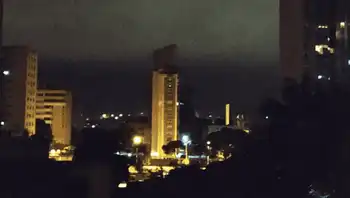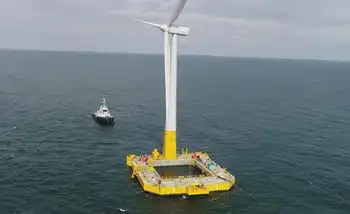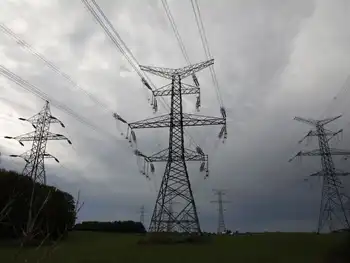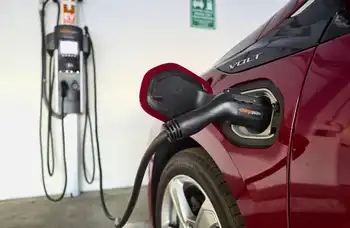NERC CIP compliance not sufficient to ensure bulk electric system security
“Based on these results, only 30 percent of the industry feel they lack a clear understanding of the standards,” said Patrick Miller, partner and managing principal at The Anfield Group, a critical infrastructure security and compliance consultancy. “In reality, I think that number is higher. After we dig into the details and actually start implementing and auditing NERC CIPv5, I suspect many will realize their initial degree of understanding was overly optimistic.”
Key findings include:
- 70 percent believe they have a clear understanding of all the current NERC CIP requirements. - 77 percent believe NERC CIP compliance is necessary to ensure the cybersecurity of the Bulk Electric System. - 70 percent, however, do not believe that NERC CIP compliance is sufficient to ensure the cybersecurity of the Bulk Electric System. “It is encouraging that a majority of respondents acknowledge the value of NERC CIP compliance and the key role it plays in energy cybersecurity,” said Jeff Simon, director of service solutions for Tripwire. “Most respondents also acknowledge that NERC CIP compliance alone is not sufficient to ensure cybersecurity – they know compliance is just the start of an effective cybersecurity strategy.”
Tripwire has helped more than 140 registered entities achieve and maintain NERC CIP compliance since 2008, and continues to invest in tools and processes that automate and simplify NERC CIP compliance.
Related News

Venezuela: Electricity Recovery Continues as US Withdraws Diplomatic Staff
CARACAS - Venezuelan authorities continue working to bring back online the electric grid following a massive outage that started on Thursday, March 7.
According to on-the-ground testimonies and official sources, power finally began to reach Venezuela’s western states, including Merida and Zulia, on Monday night, around 96 hours after the blackout started. Electricity has now been restored at least in some areas of every state, with authorities urging citizens to avoid using heavy usage devices while efforts to restore the whole grid continue.
President Nicolas Maduro gave a televised address on Tuesday evening, offering more details about the alleged attack against the…





